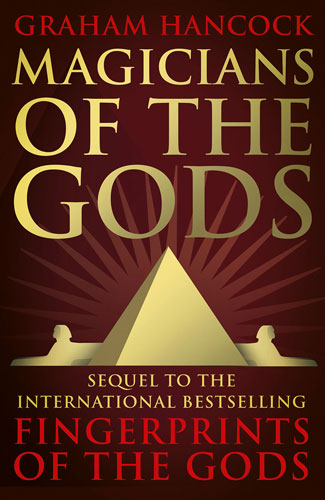News Desk
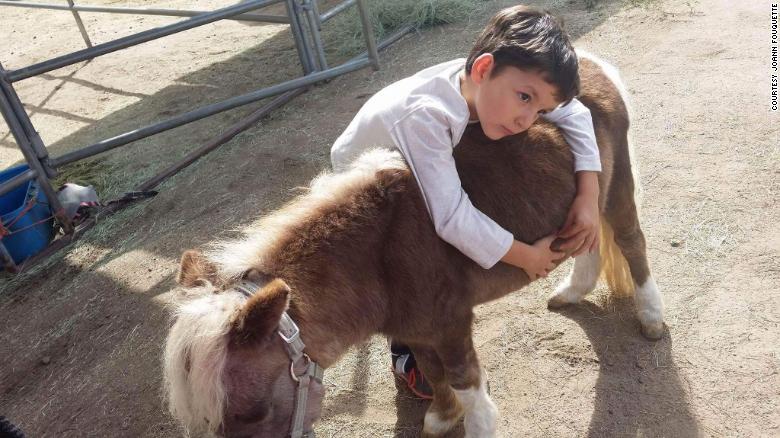
Autism is a neurodevelopmental disorder that affects 1 in 44 children in the United States, according to the CDC. It begins early in life, and the core symptoms are social and communication issues as well as repetitive behaviors and rigidity.
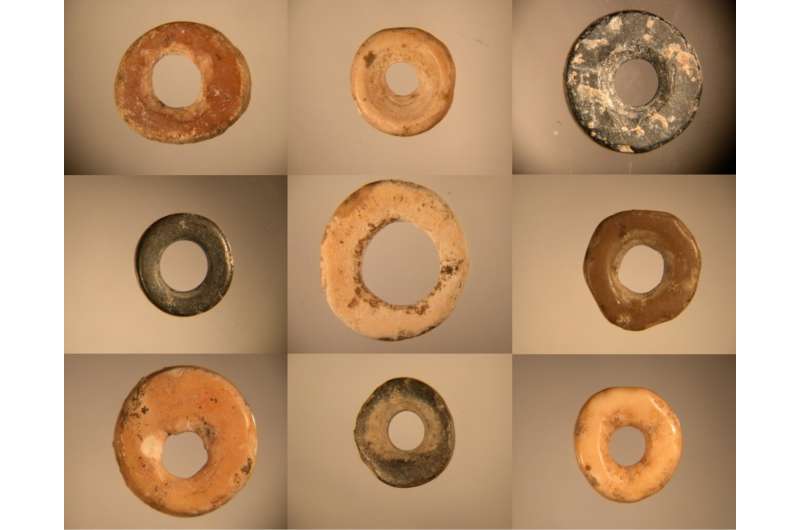
In a new study published in Nature, researchers Drs. Jennifer Miller and Yiming Wang report 50,000-years of population connection and isolation, driven by changing rainfall patterns, in southern and eastern Africa.

Tardigrades — those microscopic, plump-bodied critters lovingly known as “moss piglets” — have been put through the ringer for science.
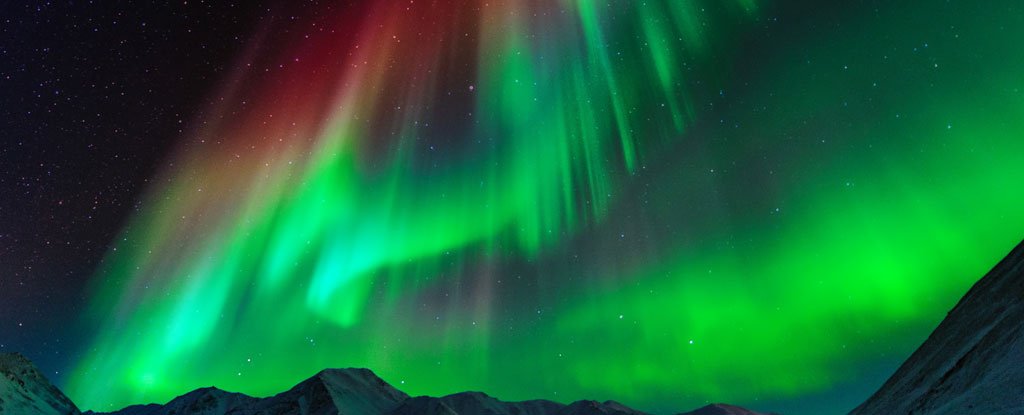
If you want to be dazzled by a spectacular northern lights display, your best bet is to skywatch near the North Pole. But that wasn’t the case 41,000 years ago, when a disruption of Earth’s magnetic field sent auroras wandering toward the equator.

For people with post-traumatic stress disorder, recalling memories of physical or sexual assault, combat or disaster-related events can induce intense anxiety or panic attacks as well as debilitating flashbacks.
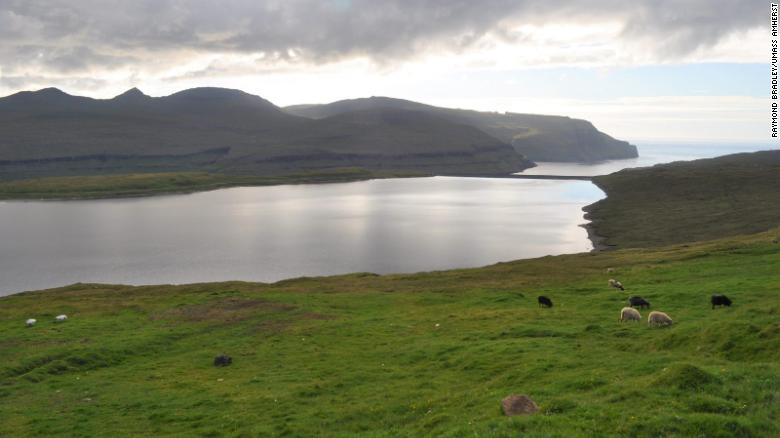
The isolated Faroe Islands were once home to an unknown population in 500 AD, about 350 years before Vikings ever arrived, according to new research. And the evidence comes from an unusual source: ancient sheep poop.

Thousands of miles away from its origin, magic happens: around 27 million tons of dust from the deserts of Africa drops out of the sky, bringing life into the ‘lungs of the planet’.
Image from: Catedral Verde – Floresta Amazonica (Wiki Commons)
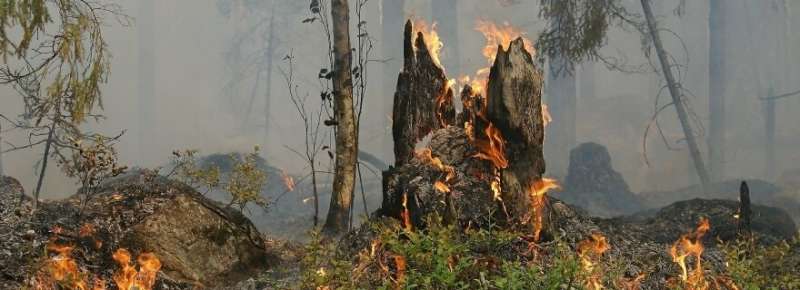
Hunter-gathers caused ecosystems to change 125,000 years ago. These are the findings of an interdisciplinary study by archeologists from Leiden University in collaboration with other researchers. Neanderthals used fire to keep the landscape open and thus had a big impact on their local environment.
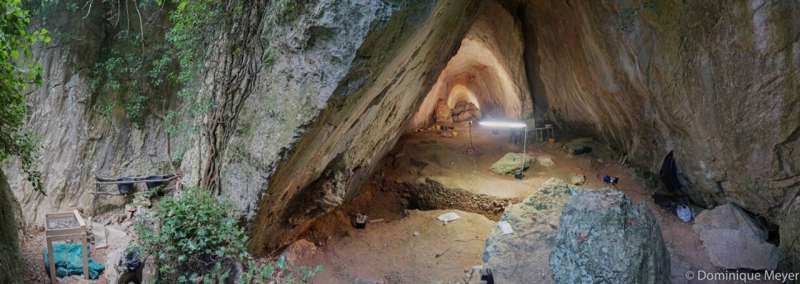
Ten thousand years ago, just after the last Ice Age, a group of hunter-gatherers buried an infant girl in an Italian cave. They entombed her with a rich selection of their treasured beads and pendants, and an eagle-owl talon, signaling their grief, and showing that even the youngest females were recognized as full persons in their society.

You’re looking at a 300-megapixel photo of our Sun. Astrophotographer Andrew McCarthy used a specially modified telescope, taking over 150,000 individual photos and combining them into this magnificent image.

A naturalistic study published in the journal Scientific Reports provides evidence that the ceremonial use of ayahuasca can lead to significant reductions in neuroticism, a personality trait associated with depression and anxiety.

Vast networks of microscopic, underground fungi serve a crucial role in Earth’s ecosystems — and there’s a lot we don’t know about them.

Malta will this week become the first European country to legalise the cultivation and possession of cannabis for personal use, pipping Luxembourg to the post, as the continent undergoes a wave of change to its drug laws.
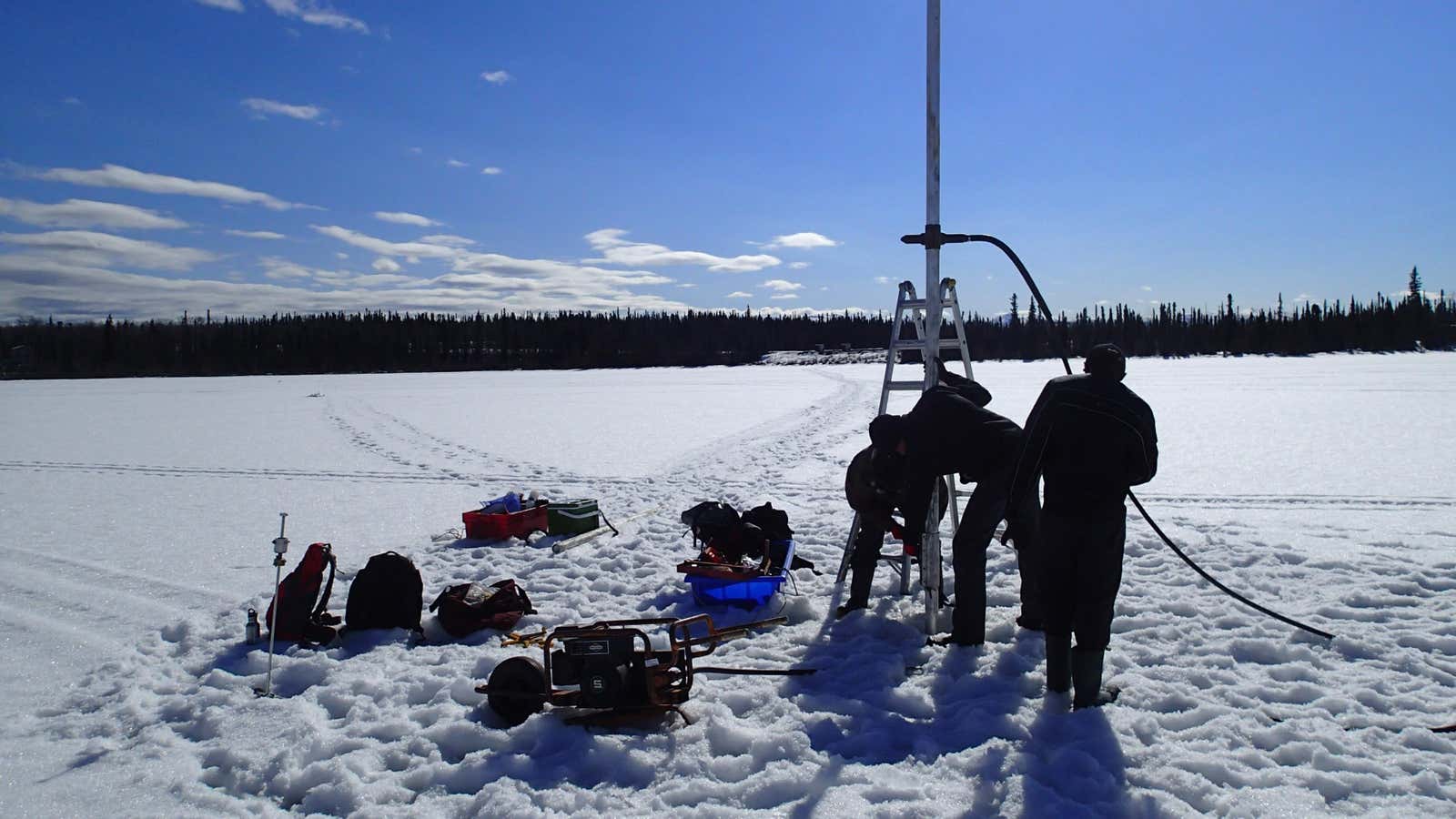
Soils kept in cold storage suggest that some of these now-extinct animals survived longer than previously thought…The ice-cold cores from Klondike were later found in a McMaster University freezer by Tyler Murchie, an archaeologist specializing in ancient DNA at the university, who began to reinvestigate them. Murchie and his team’s work was published today in Nature Communications.
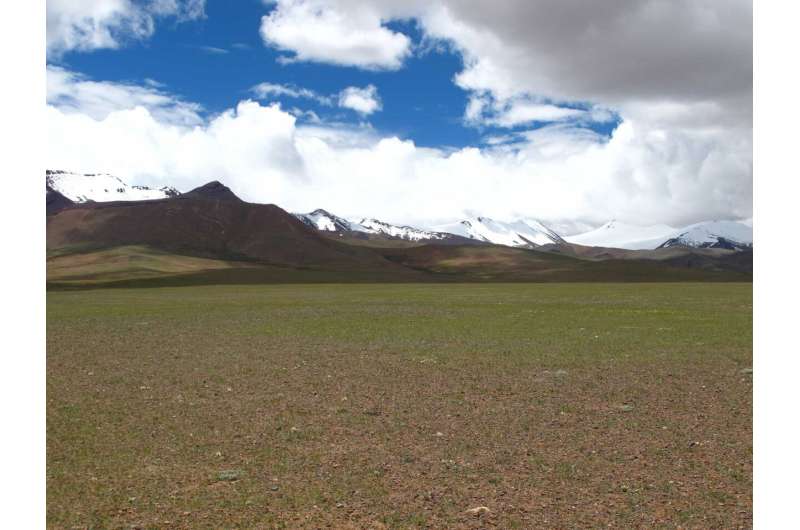
The Tibetan Plateau has long been considered one of the last places to be populated by people in their migration around the globe. A new paper by archeologists at the University of California, Davis, highlights that our extinct cousins, the Denisovans, reached the “roof of the world” about 160,000 years ago—120,000 years earlier than previous estimates for our species—and even contributed to our adaptation to high altitude.

Near 1,900-year-old skeleton discovered with nail through heel bone during excavation in Fenstanton








